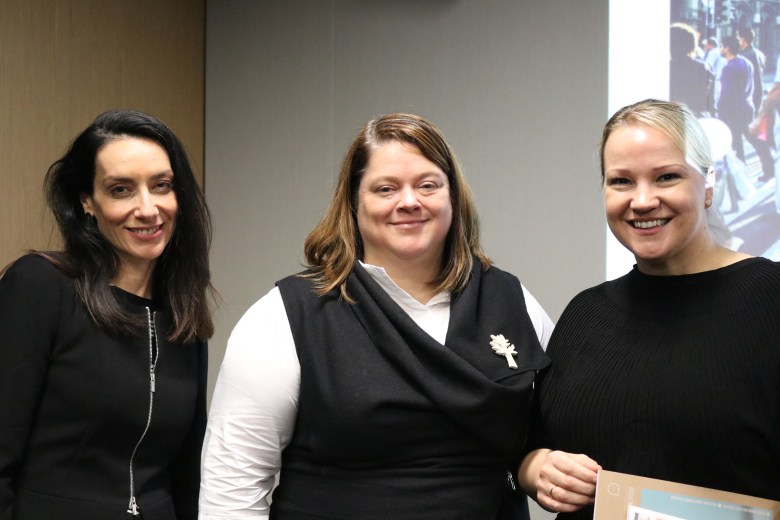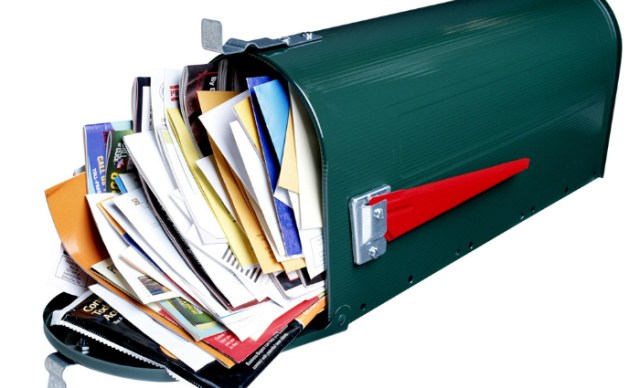
New research shows catalogue readership has increased in the last five years and together with direct mail can hold the attention of the reader for longer than any television advertisement could ever dream of.
Roy Morgan Research and Bastion Latitude were among the guest presenters at the first Real Media Collective customer insights session in Sydney on Tuesday with further seminars scheduled for Brisbane and Melbourne through the week.
The Real Media Collective chief executive officer Kellie Northwood said the results further prove that catalogues and direct mail are crucial in the marketing of products and services, which is great news for the printing industry.
In 2018 Roy Morgan Research conducted focus group research to learn how Australians are using catalogues. Then in 2019 it measured these attitudes in a Roy Morgan Single Source Survey with 50,000 respondents interviewed. There has also been ongoing tracking of the identified behaviours and attitudes.
Roy Morgan Research general manager social and consumer trends Laura Demasi said she was surprised by the 2018 results which showed catalogue readership rose from 65.6 per cent in July 2014 to 69.9 per cent in July 2018.
It also found 71 per cent of those receiving a catalogue spent an average of six minutes reading it.
“Catalogue readership in Australia over the last five years has remained really consistent but let’s remember this is not just any five years. This is one of the greatest periods of change in the media landscape,” Demasi told the gathering.
“Incredibly catalogues have actually gone up. In the last four weeks more Australians are reading catalogues not than they did five years ago.”
She also said the conversion to purchase rate was high with six out of 10 readers making a purchase due to the catalogue.
The other notable finding Demasi pointed to was the length of time spent reading a catalogue and the rate in which it triggered unintended purchases for both large items, like cars and kitchens, right through to small household products.
“That is much longer than the average attention span you would pay to a television ad or a video ad and then seven in 10, a great majority of Australian catalogue readers, spend between five and 19 minutes reading a catalogue,” she said.
Northwood said the research provides a different view into the effectiveness of letterbox marketing and catalogues which she hopes will increase its application in the market.
“What we did as a Collective was embark on this journey to get these metrics to the table to those that weren’t hearing it but also starting to build that discussion and that dialogue so we can align and work on our strengths,” Northwood said.
“This research gives you a different lens of how advertising and how letter box and catalogues can be effective. Catalogues aren’t just supermarket catalogues that go in the letterbox, catalogues are also magalogue formats that are inserts or if you look at loyalty programmes that are producing a lot of catalogue work and distributing them via addressed mail.”
Dianne Gardiner chief executive officer of Bastion Latitude, which conducted an effectiveness of direct mail research project on behalf of Australia Post in 2018, also presented her findings.
Gardiner’s study also turned up interesting results for the role of direct mail in the marketing process.
“Mail is often the forgotten channel. It’s not sexy, it’s not new, it doesn’t attract the attention of other channels but what we tend to forget about mail is the level of engagement it does get, it’s personalised, it’s physical and it gets our attention,” Gardiner said.
Letterboxes are also more regularly checked then email inboxes, Gardiner said, and with one in 10 Australians receiving more than 10 promotional emails each week it is quite crowded meaning there is greater opportunity to stand out in the letterbox with 95 per cent of addressed mail opened.
“The study found 54 per cent of respondents said they opened their personalised mail straight away and read it thoroughly and kept it for later reference. The same sort of statistic was also for unaddressed mail,” she said.
“Most mail is actually read fairly immediately, particularly if it’s personally addressed mail with 54 per cent saying they read it immediately on collection.”
“If it is personalised mail in particular it is more likely to be read as soon as possible where catalogues are more likely to be read later in the week when there is more time.”
Gardiner said as with catalogues which receive on average of six minutes of dedicated reading time, direct mail also does well , like catalogues
She said the stat on how many minutes a catalogue is read lines up perfectly.
“We’ve got six minutes for the average catalogue reading time. Comparatively mail gets a lot of attention as well. Our personalised mail gets close to four minutes while unaddressed mail is more likely two minutes but that is a lot longer than your average EDM or other piece of electronic media.”
Comment below to have your say on this story.
If you have a news story or tip-off, get in touch at editorial@sprinter.com.au.
Sign up to the Sprinter newsletter



